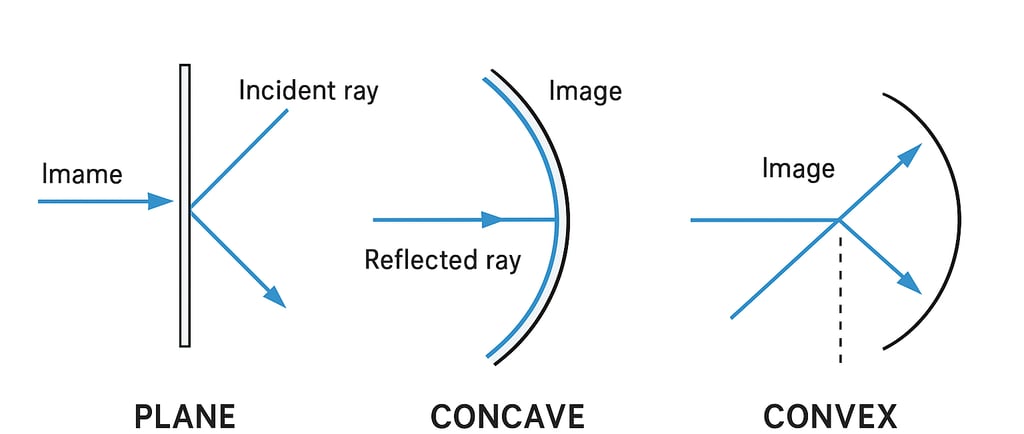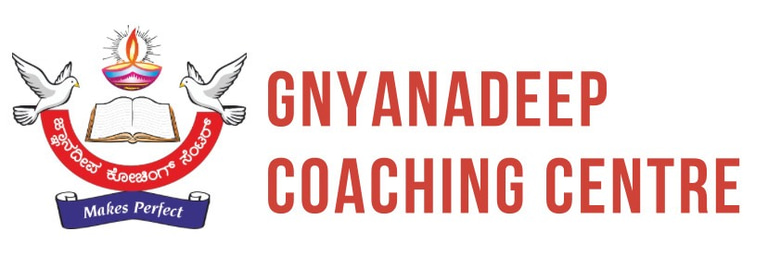Reflection of Light – Mirrors and Their Applications


:
Introduction
Light is one of the most important forms of energy in our daily life. It allows us to see objects and understand the world around us. One fascinating property of light is reflection, which is the phenomenon where light rays bounce back after striking a polished surface, such as a mirror. Understanding how light reflects helps us design optical devices for medical use, transportation, science, and even art
Laws of Reflection
Reflection of light follows two basic laws:
The angle of incidence is equal to the angle of reflection.
If a light ray strikes a mirror at an angle of 30° from the normal (an imaginary line perpendicular to the surface), it will also reflect at 30° on the other side of the normal.
The incident ray, the reflected ray, and the normal lie in the same plane.
This means the path of the light is predictable and can be diagrammed for accuracy.
These laws hold true for all types of reflecting surfaces, whether flat or curved.
Plane Mirrors
Flat surfaces that produce an image of the same size as the object.
The image is virtual (cannot be projected on a screen) and laterally inverted (left appears right and vice versa).
Commonly used in homes, dressing rooms, and optical instruments.
Concave Mirrors (Converging Mirrors)
Curved inward like the inside of a spoon.
Can form both real and virtual images depending on the distance of the object from the mirror.
Magnifies objects when placed close, which is why they are used in shaving mirrors, makeup mirrors, and dentist’s mirrors.
Used in headlights, solar cookers, and reflecting telescopes to focus light.
Convex Mirrors (Diverging Mirrors)
Curved outward.
Always form virtual, erect, and diminished images.
Used as rear-view mirrors in vehicles because they provide a wider field of view.
Applications of Reflection in Daily Life
Personal Grooming – Plane mirrors help in dressing, applying makeup, and shaving by providing a clear upright image.
Safety and Transport – Convex mirrors in vehicles reduce blind spots, making driving safer.
Medical Field – Concave mirrors in ENT (Ear-Nose-Throat) examination focus light on specific body parts.
Optical Instruments – Telescopes and microscopes use mirrors to direct and magnify light.
Solar Devices – Concave mirrors focus sunlight for cooking or heating water.
Periscopes – Submarines and security devices use mirrors to see over obstacles.
Conclusion
Reflection of light is a simple yet powerful phenomenon that finds applications in almost every aspect of life. From the mirror in your bedroom to advanced space telescopes, the principle remains the same—light obeys the laws of reflection. Understanding how mirrors work not only deepens our knowledge of physics but also helps us appreciate the role of optical devices in making life safer, easier, and more efficient.
